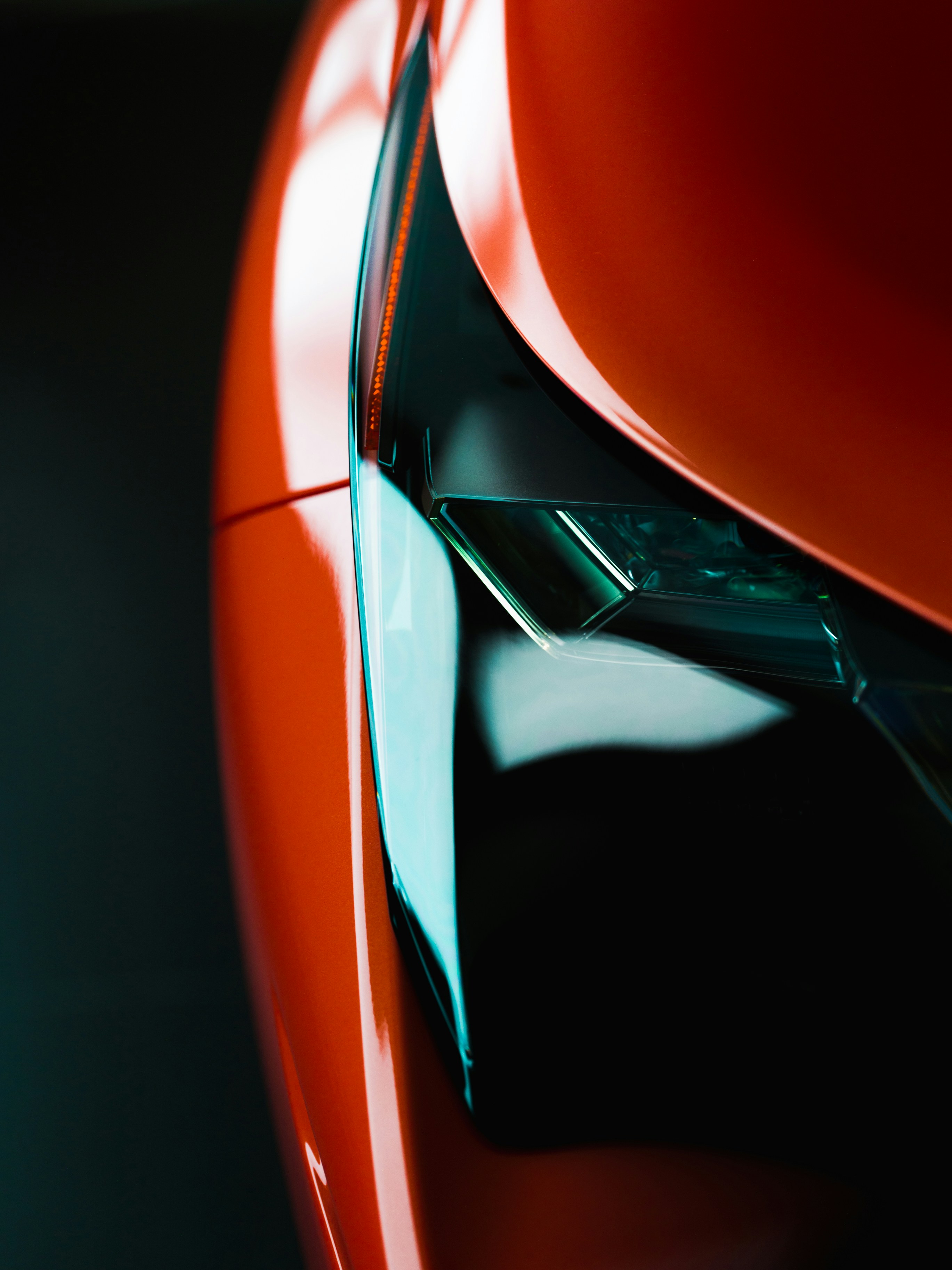
Introduction to Heat Protection Film
As summer approaches and temperatures soar, the need for comfort in our vehicles becomes more pressing than ever. If you’ve ever stepped into a car parked under the blazing sun, you know how unbearable it can feel. But what if there was a solution that could keep your car cooler while also protecting its interior? Enter heat protection film for car windows—a game-changer for anyone living in hot climates.
This innovative window tinting technology offers much more than just style; it provides significant benefits that enhance your driving experience. Whether you’re commuting to work or embarking on a road trip, this simple addition can make all the difference. Let’s dive deeper into why heat protection film is essential for every vehicle owner looking to beat the heat and maintain their ride’s integrity.
How Does Heat Protection Film Work?
Heat protection film for car windows employs advanced technology to block unwanted solar energy. It’s designed with multiple layers that reflect and absorb heat.
The outer layer is usually coated with a special metallic finish. This reflection minimizes the amount of infrared radiation entering your vehicle. The inner layers serve as additional barriers, enhancing thermal insulation.
When sunlight hits the glass, much of this energy is reflected away from the interior. As a result, your car remains cooler even on scorching days.
Moreover, these films reduce glare and protect upholstery from fading over time. By maintaining a more stable temperature inside the vehicle, they create a comfortable driving experience in hot climates.
Their effectiveness lies not just in blocking light but in creating an inviting environment while safeguarding against UV rays too.
The Benefits of Heat Protection Film for Car Windows

Heat protection film for car windows offers a myriad of advantages, especially in hot climates. One of the most significant benefits is enhanced comfort. By blocking harmful UV rays and reducing heat buildup inside the vehicle, this film helps maintain a pleasant temperature during scorching days.
Another key benefit is improved interior preservation. The harsh sun can fade upholstery and damage dashboard materials over time. With heat protection film, you extend the life of your car’s interior by minimizing exposure to sunlight.
Increased safety is also noteworthy. Heat films reduce glare while heat protection film for car driving, providing better visibility on bright days. This not only enhances your driving experience but also contributes to overall road safety.
These films add an element of privacy without compromising visibility from the driver’s seat—a win-win situation for those who value both security and aesthetics in their vehicles.
Cost-Effectiveness of Heat Protection Film
Investing in heat protection film for car windows can be a game-changer, especially in hot climates. The initial cost might raise eyebrows, but consider the long-term savings.
With reduced heat inside your vehicle, you’ll rely less on air conditioning. This translates to lower fuel consumption and smaller energy bills if you’re plugged into an electric car charger.
Moreover, protecting your car’s interior from UV damage preserves upholstery and dashboard materials. This means fewer repairs or replacements down the line.
Many automotive films also come with warranties that last several years. Such guarantees ensure that you’re covered against defects or early wear-and-tear.
Plus, enhanced comfort while driving can’t be overlooked—no more squinting under harsh sunlight! Investing wisely today leads to significant benefits tomorrow without breaking the bank.
Types of Heat Protection Film

When it comes to heat protection film for car windows, there are several types to consider. Each type offers unique benefits tailored to different needs.
Ceramic films are popular for their superior heat rejection capabilities. These films do not contain metal, which means they won’t interfere with electronic devices in your vehicle.
Dyed films provide a more aesthetic appeal while offering basic heat and glare reduction. They’re ideal for those looking to enhance the look of their cars without breaking the bank.
Metalized films reflect sunlight effectively and add strength to your windows. While these offer great durability, they may create some interference with signals like GPS or cell phones.
Hybrid films combine elements from both ceramic and dyed options for a balanced performance that provides decent visibility alongside excellent thermal rejection. This variety allows car owners to choose based on budget, aesthetics, or functionality.
Installation Process
Installing heat protection film for car windows is a straightforward process, but it requires precision and care. First, the windows must be thoroughly cleaned to remove any dust or debris. This ensures that the film adheres properly.
Next, measure the window dimensions accurately. It’s essential to cut the film slightly larger than needed to allow for adjustments during installation.
Using a spray solution on both the window and adhesive side of the film helps in positioning it without sticking immediately. Once aligned correctly, gently squeegee out air bubbles from underneath.
Trim any excess material along the edges for a clean finish. Allow time for curing according to manufacturer recommendations before rolling down your windows again. With proper technique, you’ll achieve an impeccable look while enhancing comfort inside your vehicle.
Maintenance and Care
Maintaining heat protection film for car windows is straightforward. Regular cleaning helps keep the film in good condition.
Use a soft microfiber cloth and a gentle, ammonia-free cleaner. This prevents scratching or damaging the film’s surface. Avoid harsh chemicals, as they can degrade the adhesive over time.
Inspect your windows fashion periodically for any signs of peeling or bubbling. Quick attention to these issues can extend the lifespan of your investment.
When parking, try to avoid direct sunlight whenever possible. This will reduce stress on the film and maintain its appearance longer.
If you notice any damage or wear, consult a professional for repairs or replacement options. Taking small steps can keep your vehicle looking sharp while enjoying all the benefits that heat protection film provides.
Conclusion
Heat protection film for car windows offers numerous advantages, especially in regions with high temperatures. By blocking harmful UV rays and reducing heat buildup inside your vehicle, it creates a more comfortable driving experience. Not only does this protective layer help to maintain the longevity of your interior materials, but it also enhances privacy and security.
Investing in quality heat protection film can provide significant cost savings over time, as you may notice reduced energy costs related to air conditioning use. Furthermore, various types of films available allow you to choose one that best suits your needs and aesthetic preferences.
The installation process is straightforward if done by professionals or can even be tackled as a DIY project with some patience. Once installed, maintenance involves simple cleaning processes that keep the film looking fresh and functional.
Choosing heat protection film for car windows is not just about comfort; it’s about protecting both yourself and your vehicle from the harsh effects of sun exposure.



